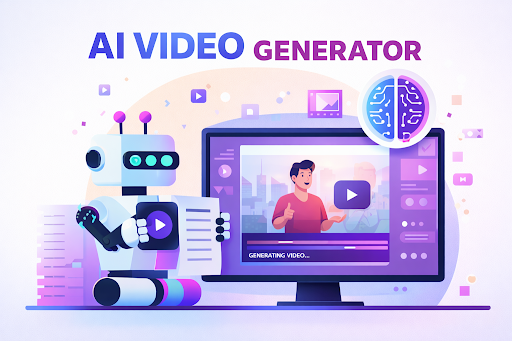Introduction
In advertising and user experience (UX), the battle for visibility is measured in seconds. Research in visual neuroscience shows that people make subconscious visual decisions within the first two to three seconds of exposure. This early window is called attention—the likelihood that something is seen almost immediately. Attention is distinct from visibility (whether an element is on-screen and could be seen) and engagement (observable actions such as clicks, scrolls, or conversions).
Historically, the only way to measure attention was through live eye-tracking: real participants equipped with specialized hardware, tracked in real time. While accurate, live testing is expensive, time-consuming, and limited in scale.
Today, predictive solutions such as eye tracking AI software offer a scalable alternative. This approach, known as predictive eye-tracking, uses AI to forecast likely initial attention within the first 2–3 seconds—before interpretation, emotion, or engagement occurs—without requiring participants or devices.
What Predictive Eye-Tracking Provides
Brainsight is a predictive visual attention modeling tool that uses saliency algorithms trained on large live eye-tracking datasets. Instead of measuring behavior, it forecasts how elements compete for instant attention.
Outputs include:
- Predictive heatmaps showing areas most likely to draw the eye.
- Gazeplots mapping the predicted sequence of visual fixations.
- Attention scores quantifying the probability that specific elements will be seen.
- Object and text recognition, verifying whether logos, CTAs, or brand assets fall within predicted hotspots.
These forecasts help creative teams flag potential visibility issues early and refine designs quickly, before moving into costly live validation.
Methodologies in Creative Testing
When assessing creative effectiveness, it is essential to distinguish between methodologies:
- Qualitative: interviews, focus groups → direct user feedback.
- Quantitative: surveys, A/B testing → statistical behavioral outcomes.
- Physiological: live eye-tracking, EEG, facial coding → measured biometric responses.
- Predictive: AI modeling (e.g., Brainsight) → forecasts of initial attention only.
Brainsight belongs in the predictive category. It provides speed and scale for early iterations but is not a substitute for user testing. For high-value or unusual campaigns, live validation remains essential.
Attention vs. Engagement: A Clear Distinction
Predictive tools forecast attention and visibility only. They do not measure engagement, recall, or emotion. Importantly, seeing does not equal engaging. A call-to-action may be visible, but whether users act depends on relevance, clarity, and usability. To measure engagement, behavioral analytics or physiological tools are required.
Applications Across Advertising and UX
Predictive attention delivers value across multiple domains:
- Ad pre-testing:Forecast whether logos, CTAs, and headlines are positioned for visibility before committing spend.
- UX and CRO optimization:Confirm that menus, buttons, and navigation align with expected gaze patterns.
- Video post-production:Place overlays and product shots in predicted hotspots for stronger visibility.
- Brand analytics:Verify that branded assets consistently fall within high-attention zones.
These applications highlight predictive modeling as an early-stage diagnostic, always complemented by live validation for critical campaigns.
Context with Benchmarks and Clarity
Brainsight enhances predictive outputs with contextual insights:
- Benchmark scores compare predicted performance against peer datasets.
- Clarity scores evaluate whether clutter or competing hotspots may dilute visual hierarchy.
Together, these metrics help teams refine creative direction—reducing distractions and ensuring critical elements are prioritized.
Why Predictive Attention Matters Now
Traditional metrics like impressions and clicks measure outcomes but do not explain why specific designs succeed. Predictive attention fills that gap by forecasting what is most likely to be seen in the earliest seconds.
These outputs are forecasts, not certainties. Effectiveness, recall, and ROI must always be validated with behavioral or physiological data. The best practice is integration: predictive tools for rapid early diagnostics and live measurement for final optimization.
Final Thoughts
Capturing attention in the first 2–3 seconds often determines whether creative assets succeed or fail. By modeling this critical window, eye tracking AI software such as Brainsight equips advertisers, designers, and UX teams with predictive heatmaps, gazeplots, attention scores, and clarity benchmarks.
These forecasts accelerate iteration and reduce wasted effort. When paired with live validation, predictive attention provides a reliable foundation for building campaigns and experiences that stand out in a competitive digital environment.
Read Dive is a leading technology blog focusing on different domains like Blockchain, AI, Chatbot, Fintech, Health Tech, Software Development and Testing. For guest blogging, please feel free to contact at readdive@gmail.com.




